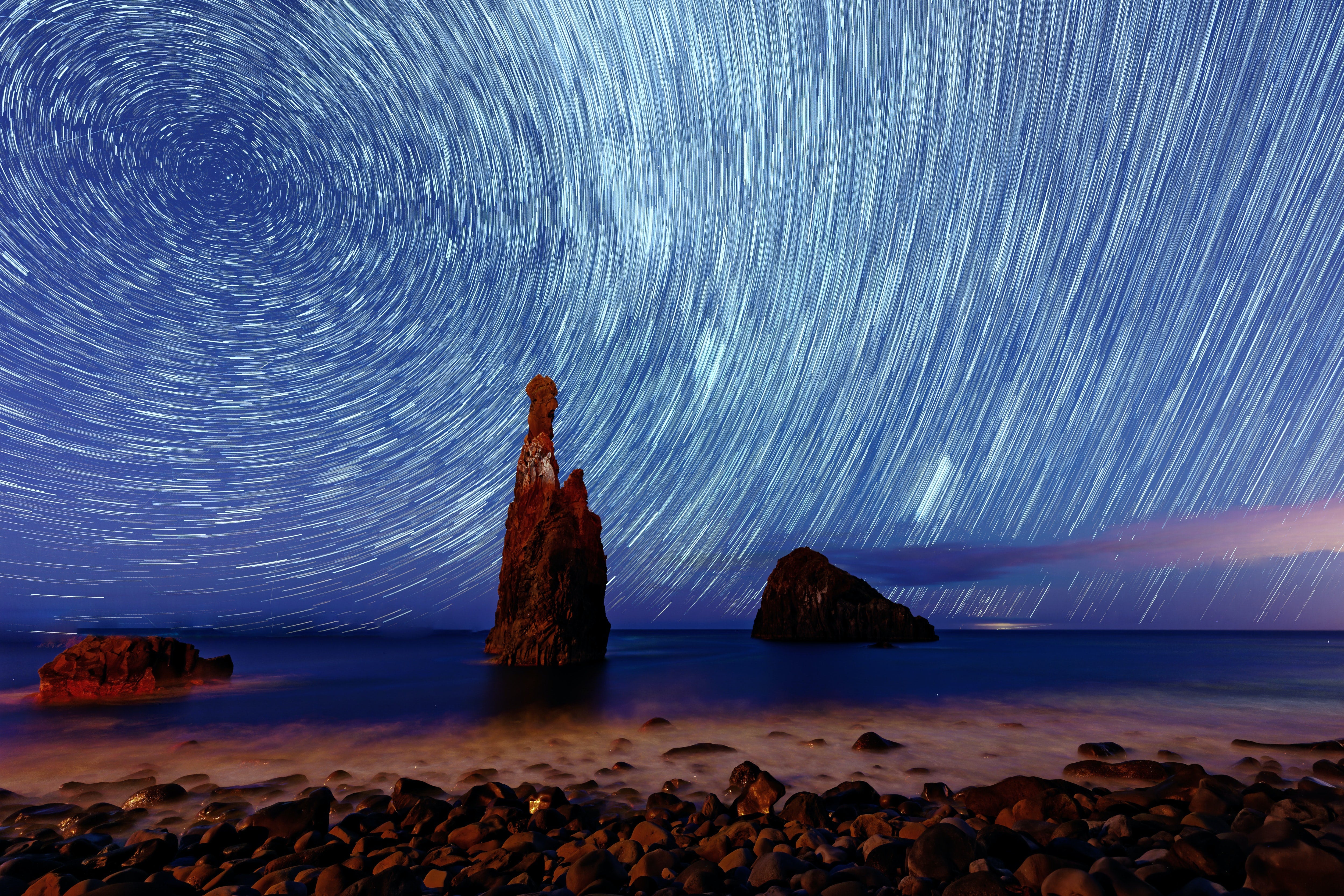Unveiling the Wonders of the Night Sky Astrophotography is a captivating art that allows enthusiasts to capture the beauty and grandeur of the night sky. Whether you're an aspiring stargazer or a seasoned astronomer, venturing into the world of astrophotography can be an incredibly rewarding experience. In this comprehensive guide, we will explore the fundamental aspects of astrophotography, from the necessary equipment to essential techniques, helping you embark on your celestial journey with confidence and capture stunning images of the cosmos.
Introduction
Astrophotography, a combination of astronomy and photography, enables us to document the awe-inspiring celestial objects that adorn our night sky. From capturing vibrant nebulae and distant galaxies to immortalizing the subtle details of our own moon, astrophotography invites us to delve into the mysteries of the universe.
Choosing the Right Equipment
Before diving into astrophotography, it's essential to equip yourself with the right gear. A sturdy tripod forms the foundation of astrophotography setups, providing stability for long exposures. Additionally, a camera with manual controls and interchangeable lenses is crucial for capturing the fine details of celestial objects. Astrophotographer's often prefer DSLR or mirrorless cameras due to their versatility and ability to accommodate various lens types.
Lenses for Astrophotography
Investing in the appropriate lenses is vital for achieving exceptional results in astrophotography. Wide-angle lenses with low aperture values, such as f/2.8 or lower, are ideal for capturing vast regions of the night sky, including sprawling star fields and the Milky Way. Furthermore, telephoto lenses with longer focal lengths allow you to zoom in on specific celestial objects, revealing intricate details that would otherwise be challenging to observe.
Mastering Camera Settings
Understanding and configuring your camera settings correctly is crucial in astrophotography. Start by switching your camera to manual mode, enabling full control over exposure settings. Set the ISO to a higher value, typically between 800 and 3200, to enhance the camera's sensitivity to light. Adjusting the shutter speed is equally important, with longer exposures capturing more light and revealing faint details. Experimentation with different settings will help you find the optimal balance for each astrophotography scenario.
Planning Your Shoot
Astrophotography requires careful planning to maximize your chances of success. Researching celestial events, such as meteor showers, eclipses, or the appearance of comets, allows you to anticipate unique photo opportunities. Additionally, apps and websites dedicated to astronomy provide valuable information on celestial objects, their positions, and visibility throughout the year. This knowledge empowers you to plan your shoots ahead of time and capture celestial wonders at their finest.
Finding Dark Skies
One of the key elements for successful astrophotography is locating dark skies, free from light pollution. Urban areas are notorious for their bright city lights, which hinder our ability to observe and photograph celestial objects effectively. Opting for remote locations, away from artificial lights, greatly enhances your chances of capturing stunning astrophotography. National parks, rural areas, or high-altitude locations are popular choices among astrophotographer's seeking pristine dark skies.
Tracking and Guiding
To capture detailed images of celestial objects, astrophotographer's often employ tracking and guiding techniques. Equatorial mounts equipped with motors allow your camera to follow the apparent motion of the stars, compensating for the Earth's rotation. Guiding systems, on the other hand, make use of additional equipment, such as guide scopes and auto guiders, to ensure precise tracking for extended periods. These techniques minimize star trailing and enable the capture of sharp, well-defined astronomical images.
Post-Processing Techniques
Post-processing plays a significant role in bringing out the best in your astrophotography. Once you've captured your images, it's time to unleash your creativity and enhance the details and colors of the cosmos. Software tools like Adobe Photoshop, Lightroom, or specialized astrophotography software such as PixInsight provide a wide array of editing capabilities. Adjusting brightness, contrast, and color balance can breathe life into your images, while noise reduction techniques help to minimize unwanted graininess. It's important to strike a balance between enhancing the beauty of the night sky and maintaining the integrity of the captured scene.
Safety Considerations
While astrophotography can be an enthralling pursuit, it's crucial to prioritize safety, both for yourself and your equipment. Remember to dress appropriately for the outdoor conditions, especially during nighttime shoots when temperatures can drop significantly. It's also advisable to carry essential supplies such as a flashlight, extra batteries, and a first aid kit. When setting up your equipment, take care to secure it properly and ensure stability, especially in windy conditions. Lastly, be mindful of your surroundings and any potential hazards that may be present.
Conclusion
Embarking on the journey of astrophotography opens up a world of wonder and discovery. Through the lens of your camera, you can capture the celestial marvels that have fascinated humanity for centuries. By choosing the right equipment, mastering camera settings, planning your shoots, and embracing post-processing techniques, you can create stunning astrophotography that showcase the beauty and majesty of the night sky. So, gear up, find those dark skies, and let your creativity soar as you capture the awe-inspiring universe above.
I hope you have enjoyed this article. If you would like further information, please contact us at NiteScapeastro@mail.com or visit our website at https://nitescapeastrophotography.com/




Leave a comment
This site is protected by hCaptcha and the hCaptcha Privacy Policy and Terms of Service apply.